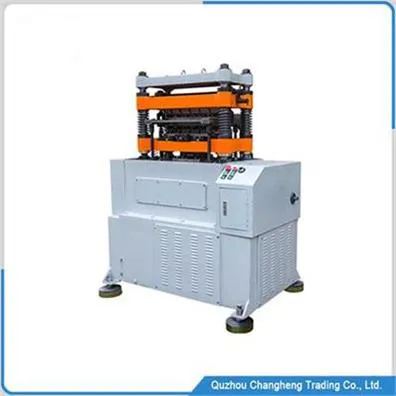
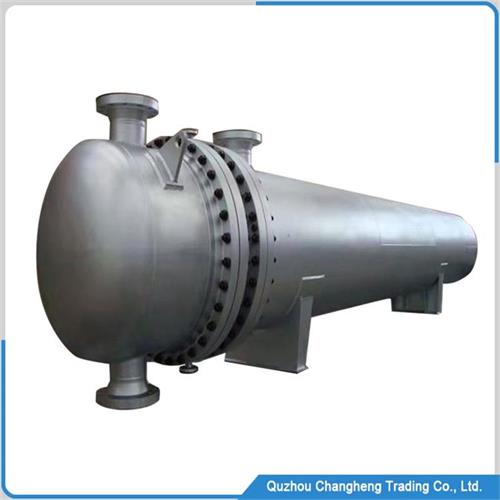
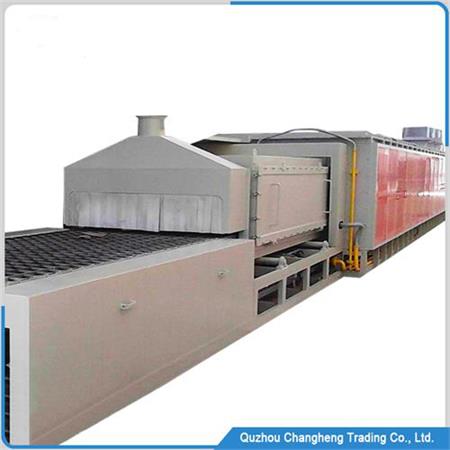
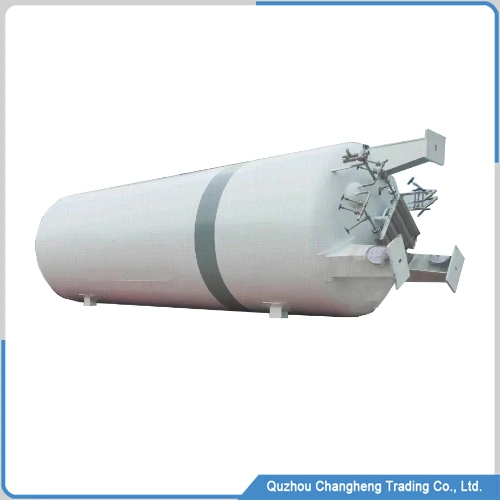
Product Description
This plate heat exchanger type is one of the most popular, consisting of many stacked metal plates. The edges of the metal plates are sealed with EPDM gaskets, and both ends are reinforced with frames and tightened with screws.
Inside the heat exchanger, there are at least two channels, which are usually designed in a staggered manner. Cold and hot liquids flow through these channels for heat exchange, achieving efficient heat transfer.
Plate heat exchanger data
| ITEM | DATA |
| Design temperature | 170℃ |
| Normal use | 150℃ |
| Design pressure | 1.8 Mpa |
| Normal operating pressure | 1.5 Mpa |
| Plate thickness | 0.1-0.5 mm |
| Plate material | SS304 |
| Traffic | Customized |
| gasket | EPMD |
Plate heat exchanger components
- End plate
Usually, this is a metal plate with a thickness greater than 30mm, which is used to press down the staggered heat exchange plates.
- Heat exchange plate
This part is usually made of stainless steel or titanium alloy and is formed by pressing with a punch press weighing more than 300 tons. The surface of the plate has irregular patterns, which are used as channels for liquid flow and grooves for sealing gaskets.
- Rubber Gasket
It is a critical component of a plate-type heat exchanger, and a rubber gasket must be between the plates. Its quality directly determines the heat exchanger’s service life.
- Bottom frame
It is a component of a unique heat exchanger design. Some of the installation positions for heat exchangers are irregular, which may require raising or horizontal placement. Therefore, this is a customized part.
- Locking screws
This part is design to lock the complete heat exchanger. The thickness of the core varies depending on the heat exchange efficiency, and the length of the locking screw is also different.
- Connector
This component is crucial as it serves as the connection point with the user’s on-site pipes. Hence, it must adhere to strict quality standards.
Shell and tube heat exchanger
Overview The shell and tube heat exchanger adopts a cylindrical shell with uniformly arranged tube bundles inside, assembled in a sealed manner to allow two different media to exchange heat. This structural design helps to…
Shell and tube condenser
Product Introduction Our shell and tube condensers are used in multiple industries. Their bundle tubes adopt the latest technology, and unique circular fins are used internally to increase medium flow resistance and improve the condenser’s…
Plate to plate heat exchanger
Product Description The plate to plate heat exchanger is one of the essential coolers in modern industry. It uses advanced corrugated plate stacking technology and a unique flow path structure design. Fluid forms a strong…
Work and principle of plate heat exchange
Two types of liquids flow independently in separate channels, usually with one layer flowing hot liquid and another flowing cold liquid. This staggered channel is more conducive to heat transfer efficiency,
Due to the various types of plate designs in heat exchangers, such as
- Two liquids flow evenly,
- Two liquids flow in opposite directions,
- Two liquids Cross-flow
Users can adjust the valve to control the flow rate to increase or decrease and adjust the efficiency of heat exchange,
Application environment
- Steam boiler
- Hot water boiler
- Municipal heating
- Thermal power plant
- Industrial wastewater
- Hot oil generated by mechanical operation
- Shipbuilding Industry
Plate heat exchanger factory video
Q & A
A: This heat exchanger’s maximum temperature is usually 170 ℃. It should not exceed this temperature in the application environment.
A: Our factory has many molds of different sizes, and we also provide heat exchanger plates for many factories.
A: It is a unique EPDM material with a sealing gasket with a dual sealing design, making it extremely durable.


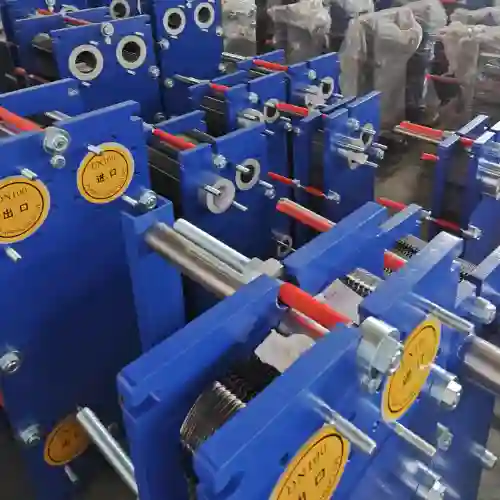
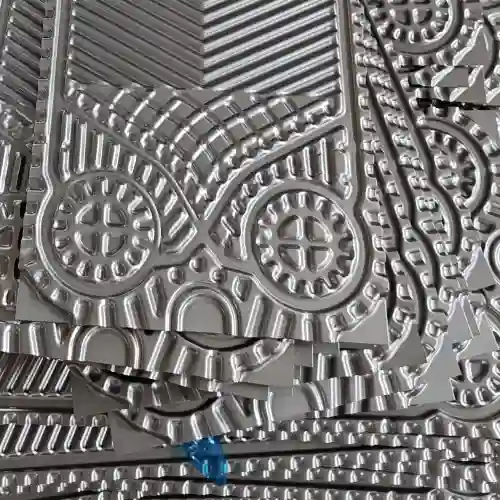

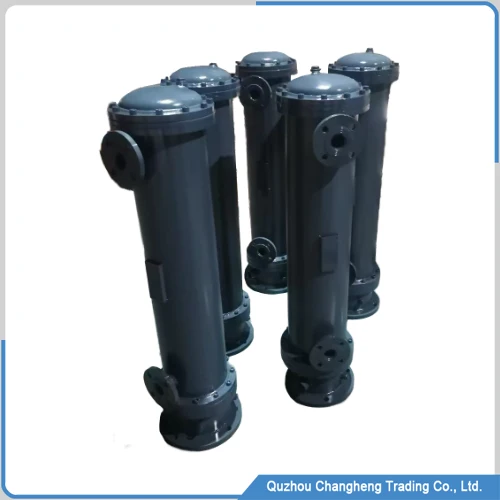
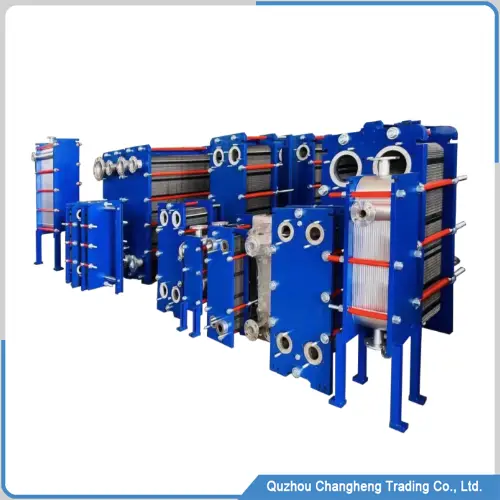









 wechat
wechat